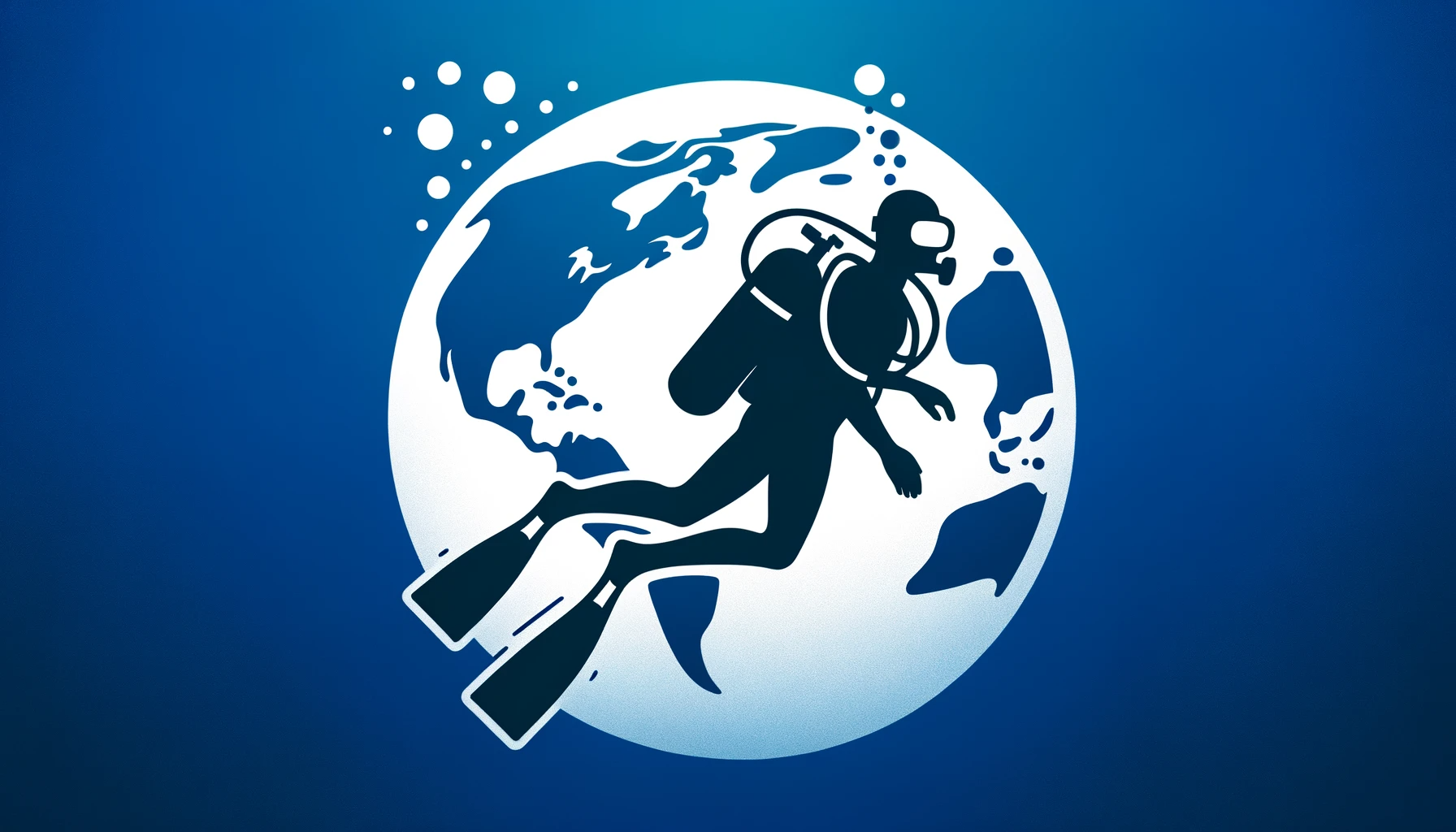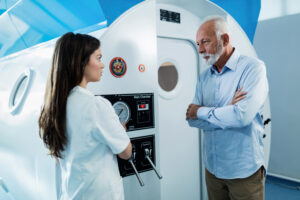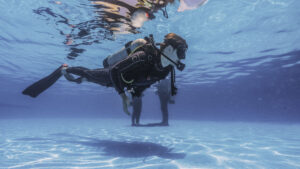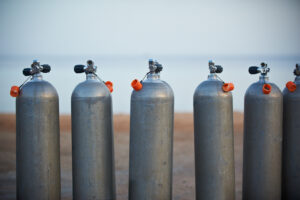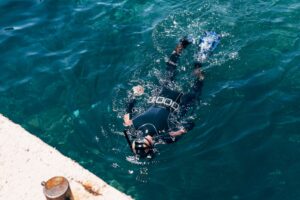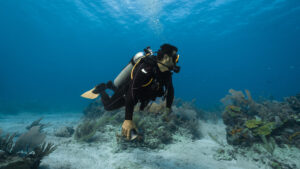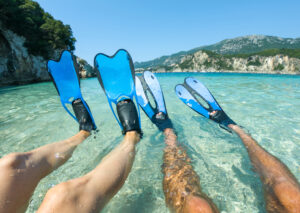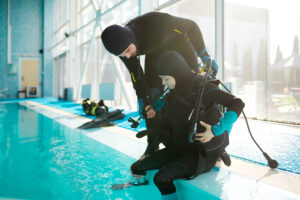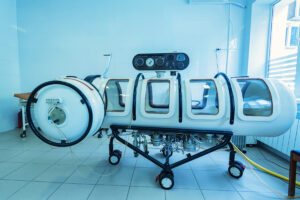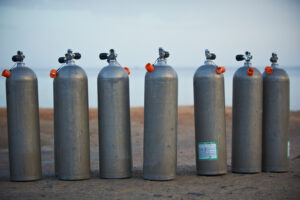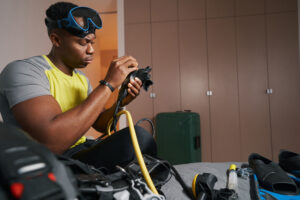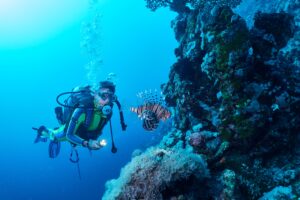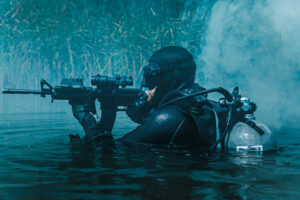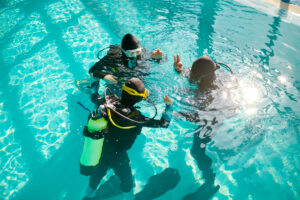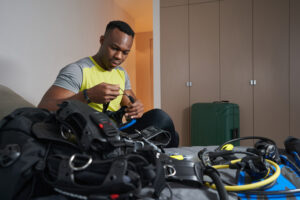What is Test Pressure?
Test pressure, a fundamental concept in the field of scuba diving, refers to the pressure at which a scuba cylinder is hydrostatically tested for revalidation. This crucial procedure forms a necessary part of the cylinder’s life cycle, ensuring its safety and structural integrity.
Scuba cylinders, also known as diving cylinders or tanks, are high-pressure vessels that store and transport breathing gas for scuba divers. Given their crucial role and the high-pressure conditions under which they operate, it’s vital to regularly test and inspect these cylinders to detect any potential weaknesses or damages that could lead to catastrophic failure.
Hydrostatic Testing and Test Pressure
The hydrostatic test is the standard method for assessing the cylinder’s capacity to withstand operational and test pressures. It involves filling the cylinder with water and then pressurizing it to a specific pressure – the test pressure. The test pressure is typically 1.5 times the working pressure of the cylinder, which is the maximum pressure the tank is designed to hold under normal operating conditions.
By using water instead of air for pressurizing, the potential for the tank to explode and cause harm is significantly reduced. If the tank were to fail under test pressure with water inside, the water would be released without the violent, explosive force that compressed gas would have.
After the tank has been pressurized, it’s carefully examined for leaks and potential expansion. If the cylinder expands beyond a certain limit and does not return to its original size, it is deemed unsafe for use.
Importance of Test Pressure
It’s important to note that while the 1.5 multiplier is a common standard for test pressure, specific standards can vary depending on regulations in different countries, the type of cylinder, and its intended use. Regardless of the exact figure, the principle remains the same: the test pressure must exceed the working pressure to ensure that the cylinder can safely contain the gas under the most extreme conditions it’s likely to encounter.
Revalidation through hydrostatic testing is mandatory at regular intervals. The exact frequency of testing depends on the jurisdiction and the type of use, but a common standard is every five years for recreational diving cylinders.
Thermocline
Moving into the underwater environment, the term “thermocline” is another fundamental concept that scuba divers must understand. A thermocline is the intersection between two layers of water that have distinctly different temperatures. Typically, the deeper layer is colder.
Formation and Characteristics
Thermoclines form due to the differential heating of water. Surface waters are heated by the sun, causing them to remain warmer, while deeper layers receive less sunlight and therefore stay cooler. The result is a stratified water body with different temperature layers.
The depth at which a thermocline occurs can vary depending on several factors, including the time of year, latitude, and weather conditions. In warmer months and tropical regions, thermoclines can be found at relatively shallow depths. Conversely, in colder regions and seasons, thermoclines may occur much deeper or not at all.
Impact on Diving
Thermoclines have several implications for scuba divers. Upon crossing a thermocline, divers often experience a sudden drop in temperature, which can affect their comfort and the amount of time they can spend underwater.
Visibility can also change at a thermocline. Particles and organisms often accumulate at the boundary between the two temperature layers, which can reduce visibility. On the other hand, the interface can sometimes create an ethereal shimmering effect, which can be a unique visual experience for divers.
Understanding the concepts of test pressure and thermoclines is crucial in scuba diving, ensuring not just the safety of divers, but also enhancing their underwater experiences. These principles underscore the importance of technical knowledge in diving, a sport that combines the thrill of exploration with the rigors of science.
Thermoclines and Marine Life
Thermoclines also play a significant role in marine ecology. Many species of fish and marine mammals are attracted to the area around the thermocline, as it often coincides with the halocline – a zone of rapidly changing salinity – which is rich in nutrients and prey organisms. This makes thermoclines a hotspot for marine life and, by extension, a magnet for divers seeking to observe or photograph underwater wildlife.
However, divers must exercise caution when exploring these areas, as the sudden temperature change can lead to equipment malfunctions or physical discomfort. It’s recommended that divers wear appropriate exposure protection and ensure their equipment is in good working order before diving in areas with known thermoclines.
Safety Protocols and Best Practices
Regarding test pressure, safety and regulatory compliance are of the utmost importance. Diving centers, equipment rental services, and individual divers must ensure that all cylinders in use have been tested and certified according to the required standards and timeframes.
Furthermore, it is crucial to store and handle cylinders correctly to minimize the risk of damage that could compromise their integrity. This includes avoiding exposure to extreme temperatures, corrosive substances, or physical impacts, and always using the correct procedures for filling, emptying, and transporting cylinders.
Key Takeaways
Both test pressure and thermoclines serve as reminders of the complex physical principles at play in the sport of scuba diving. Understanding these concepts not only enhances safety but also deepens the appreciation of the unique experiences that diving offers. As divers descend through a thermocline, feeling the sudden chill and witnessing the changing environment, or as they strap on a cylinder, confident in its safety due to rigorous testing protocols, they are truly living the science that underpins their adventure.

